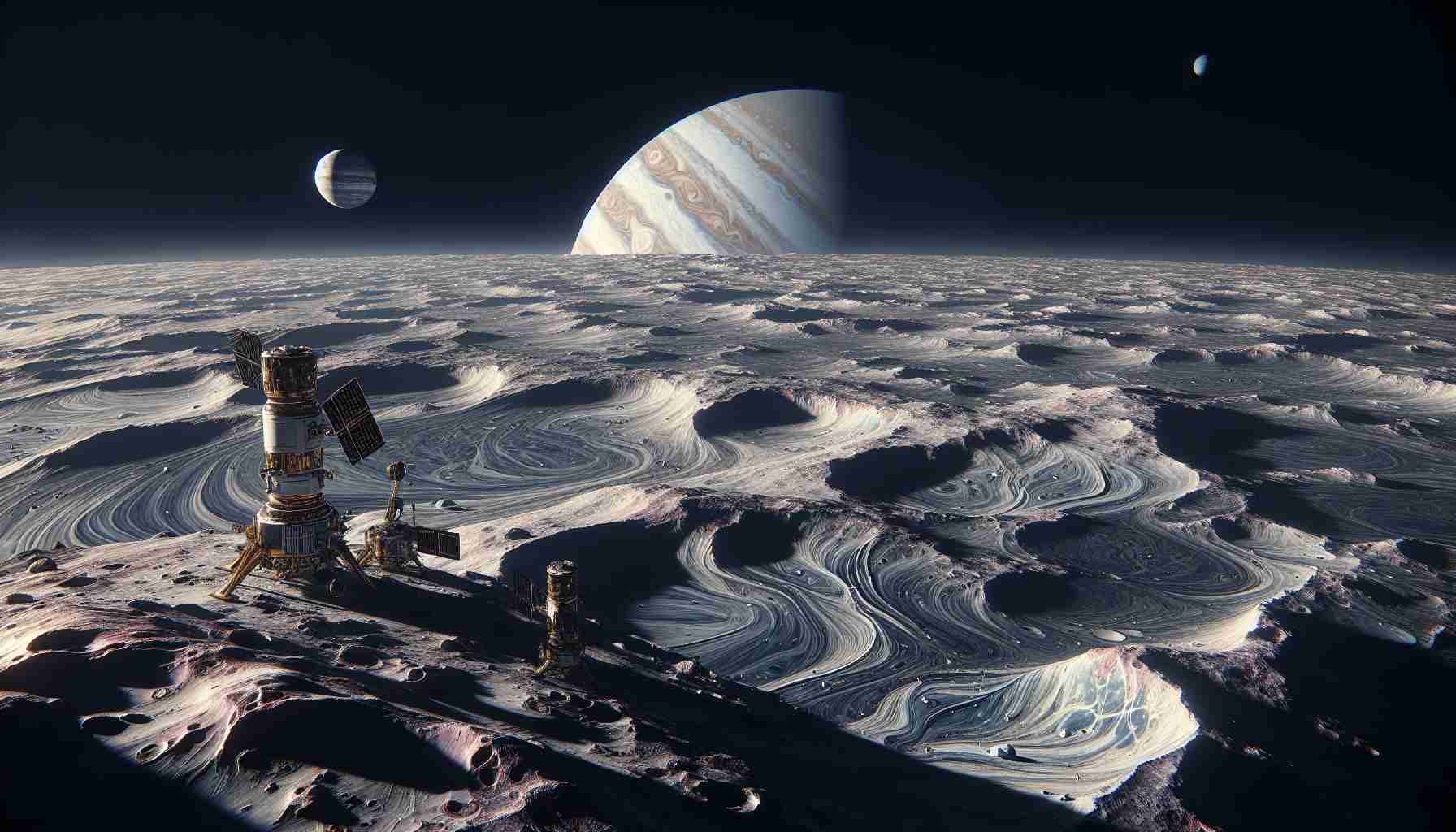NASA’s ambitious Europa Clipper mission to Jupiter’s moon Europa is poised to unveil the mysteries of this enigmatic icy world. The spacecraft will not only study the moon’s complex geology and subsurface ocean but will also assess the potential habitability of Europa. By analyzing the moon’s composition and surface features, scientists aim to determine the conditions necessary for life to thrive.
While the main objective is not to directly search for life, the mission represents a significant leap towards understanding the possibilities of life beyond Earth. Europa’s subsurface ocean, believed to contain twice as much water as all of Earth’s oceans combined, presents a compelling case for hosting microbial life forms. The findings from this mission could provide crucial insights into the potential habitability of icy moons in our solar system and could have implications for astrobiology studies exploring distant exoplanets.
With each new discovery and breakthrough, humanity edges closer to unraveling the age-old question of whether life exists beyond our home planet. The Europa Clipper mission stands as a testament to human curiosity and determination to explore the unknown, shedding light on the boundless possibilities of life in the vast expanse of the cosmos.
NASA’s Europa Clipper mission is not just about unlocking the secrets of Europa’s icy surface and subsurface ocean. In addition to examining the potential habitability of the moon, the mission sets out to investigate the mysterious magnetic field of Europa. This magnetic field is thought to be induced by Jupiter’s powerful magnetic field interacting with Europa’s conductive subsurface ocean, leading to fascinating insights into the moon’s internal structure and dynamics.
One of the key questions scientists aim to address is whether Europa’s subsurface ocean has the essential ingredients for life to exist. By probing the chemical composition of the ocean and studying how it interacts with the icy crust, researchers hope to gain a better understanding of the potential habitability of this alien world. This could provide valuable clues not only about potential life on Europa but also inform our search for life elsewhere in the universe.
An intriguing aspect of the Europa Clipper mission is the investigation into the plumes of water vapor that have been observed erupting from Europa’s surface. These plumes, which may be connected to the subsurface ocean, offer a unique opportunity to study material from deep within Europa without the need to drill through the thick ice shell. Analyzing the composition of these plumes could reveal valuable insights into the chemical makeup of Europa’s subsurface ocean and shed light on its potential habitability.
Despite the groundbreaking potential of the Europa Clipper mission, there are significant challenges that researchers must overcome. One of the main hurdles is designing instruments capable of withstanding the harsh radiation environment around Jupiter. Radiation can damage sensitive electronic components, posing a threat to the success of the mission. Engineers and scientists are working on innovative solutions to shield the spacecraft and its instruments from this intense radiation to ensure the mission’s objectives can be met.
Another key challenge is interpreting the data collected during the mission. Analyzing the vast amount of data returned by the spacecraft requires sophisticated techniques and robust scientific models to extract meaningful insights. Researchers must carefully scrutinize the data to distinguish between noise and actual signals that could indicate the presence of habitable conditions on Europa. This process demands expertise from various scientific disciplines and will be crucial in unlocking the secrets of this enigmatic moon.
While the Europa Clipper mission offers unprecedented opportunities for discovery, it also comes with limitations. The mission’s flyby nature means that it will provide only snapshots of Europa’s surface and subsurface, limiting the depth of analysis compared to a lander mission. Additionally, the distance between Earth and Jupiter introduces communication delays, making real-time control of the spacecraft challenging. These constraints necessitate careful planning and coordination to maximize the scientific return from the mission.
For more information on NASA’s exploration missions, visit NASA’s official website.













